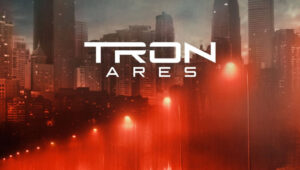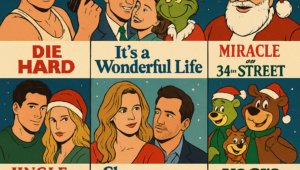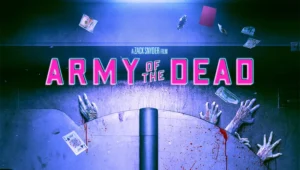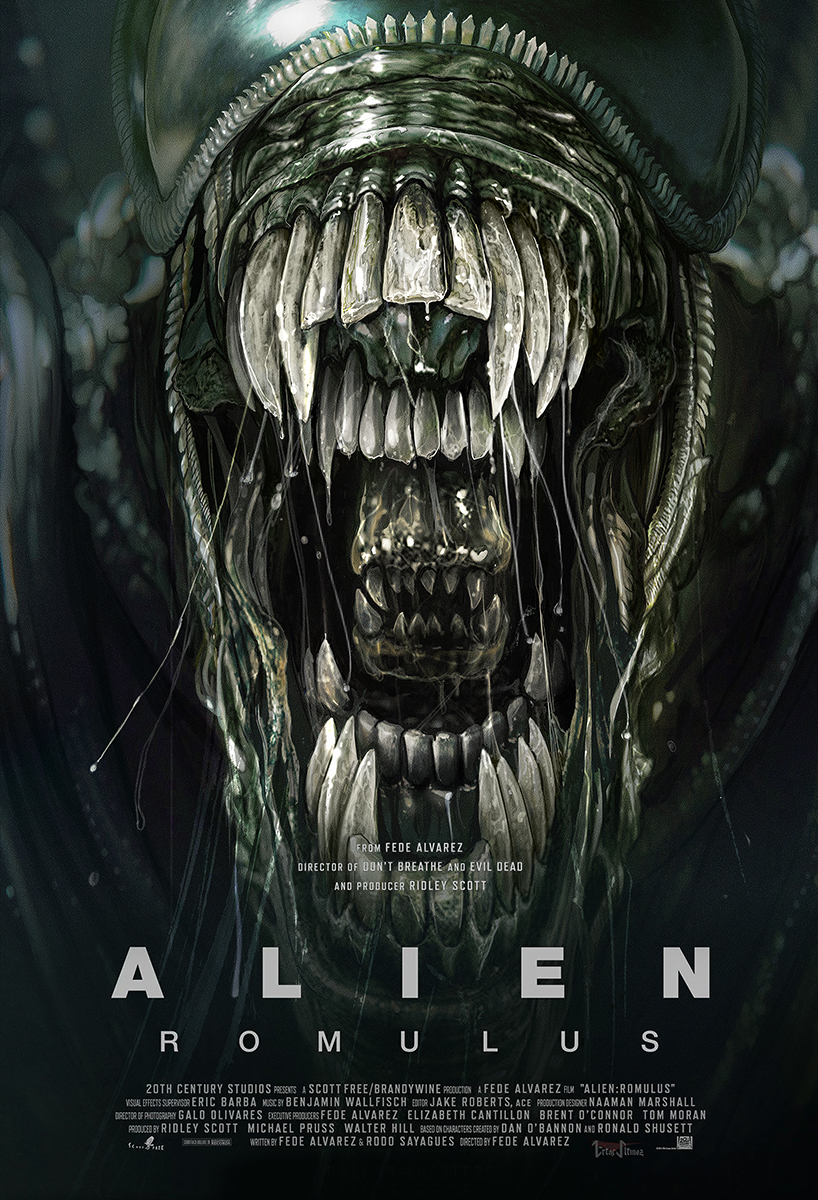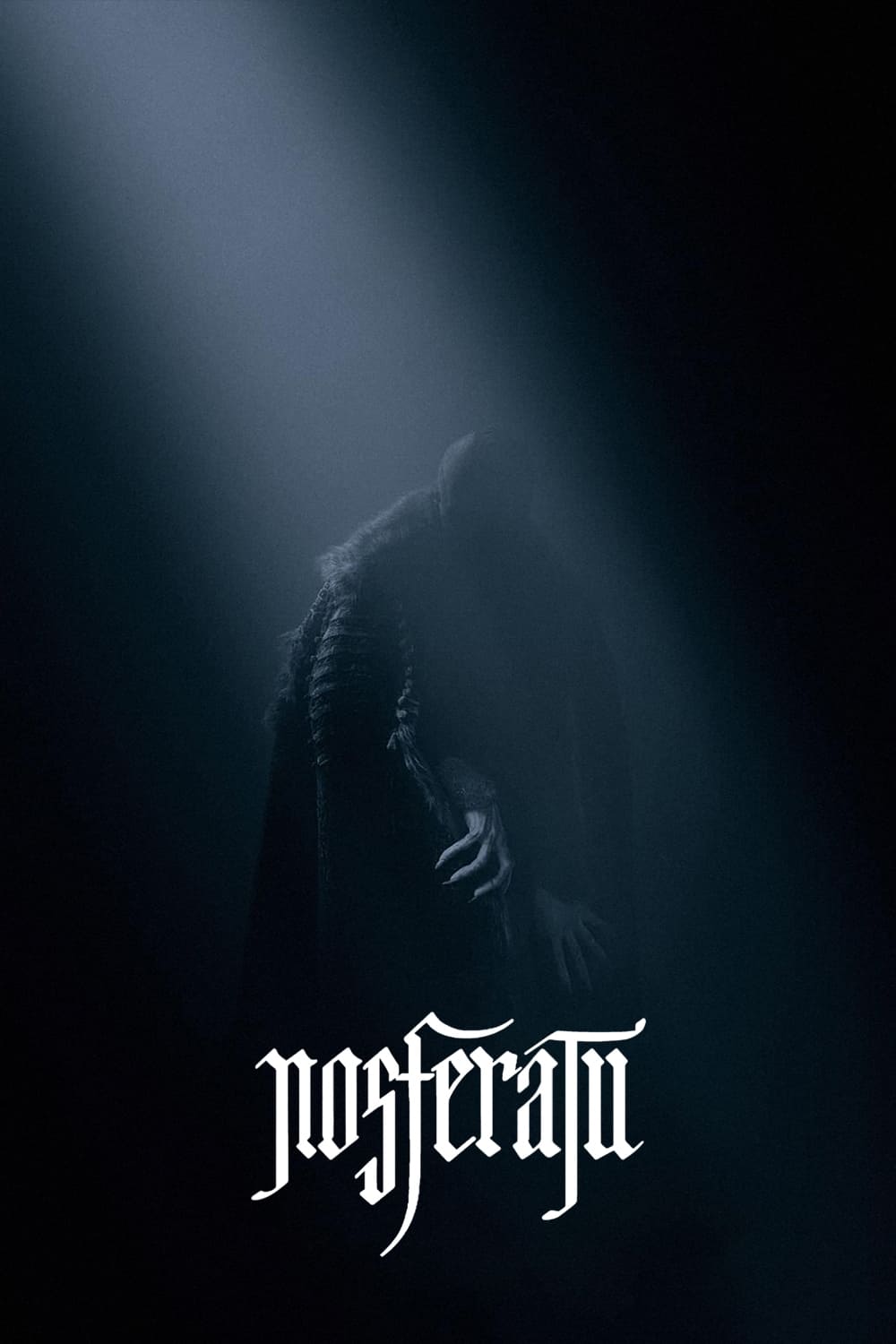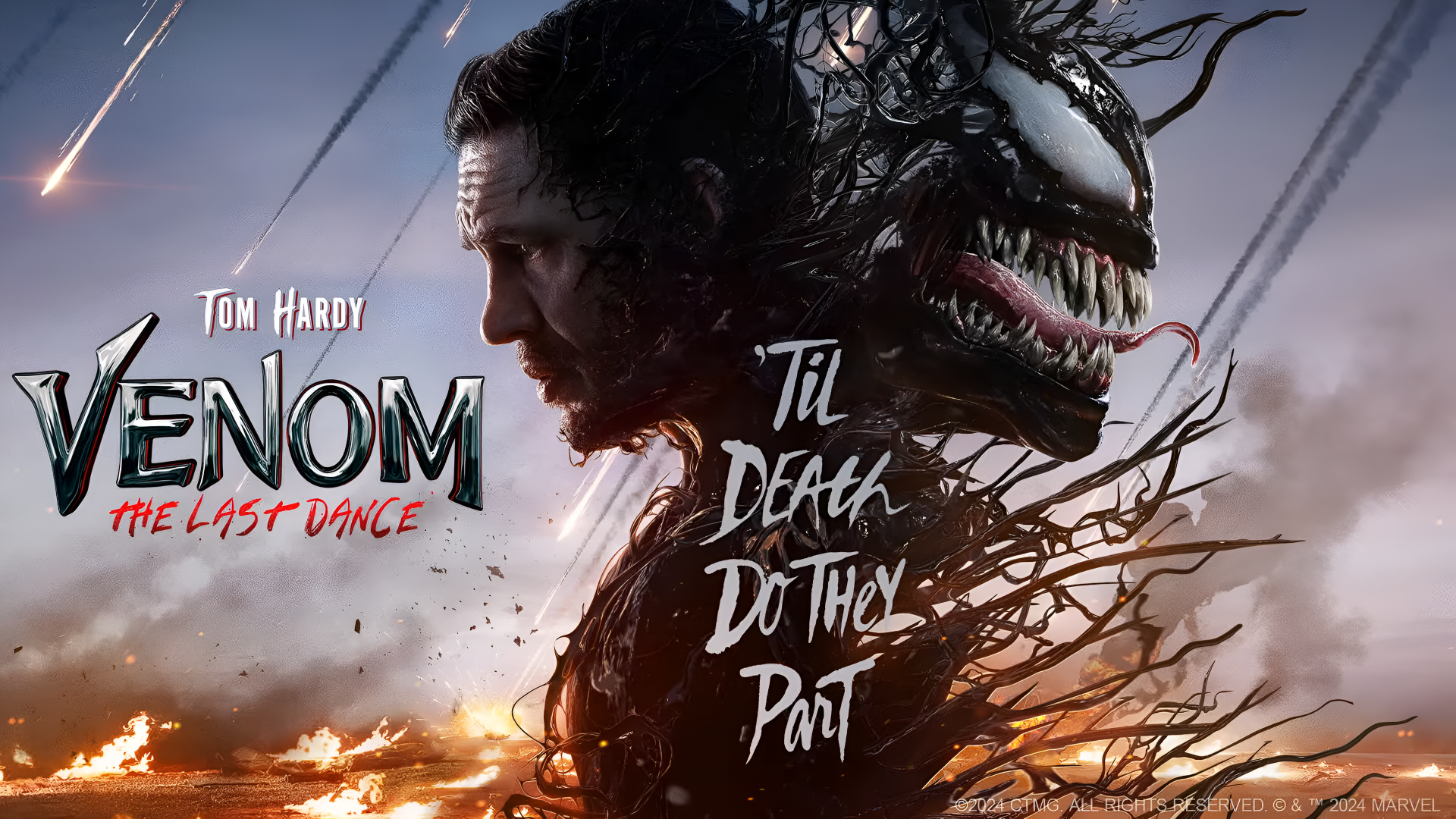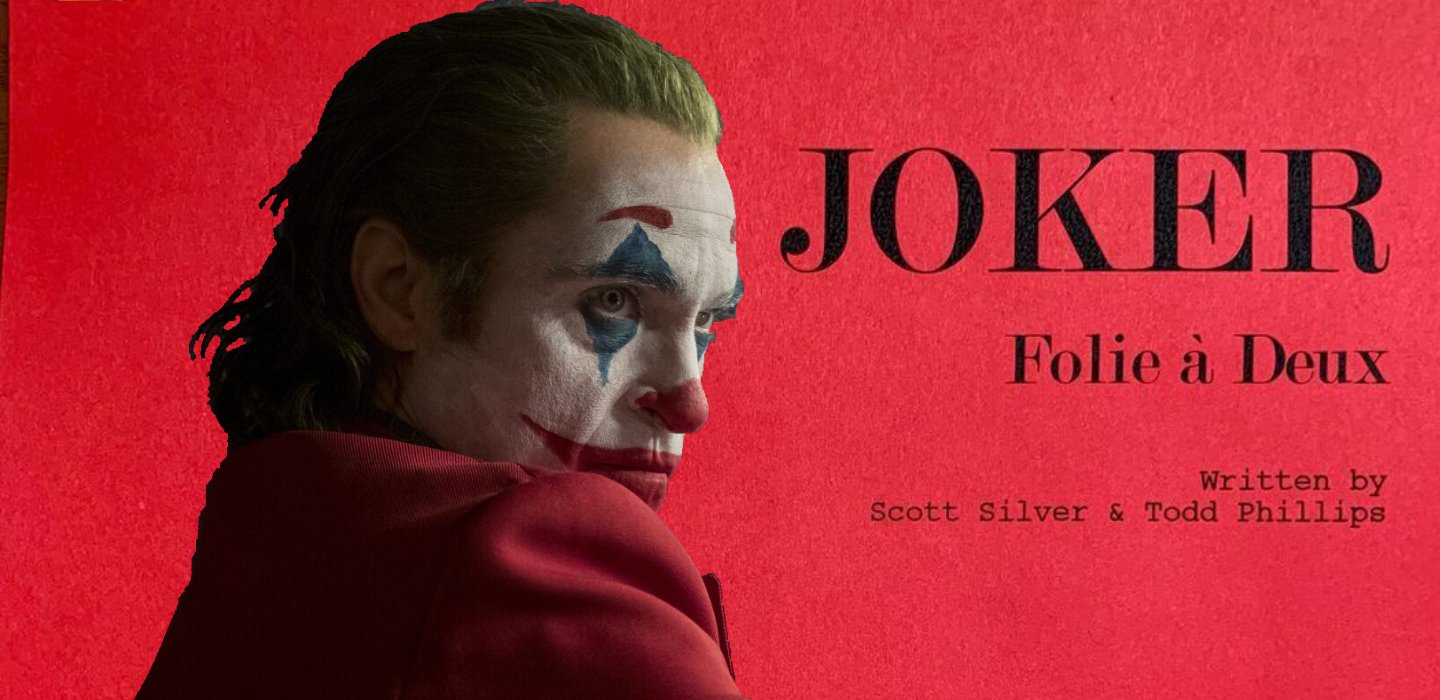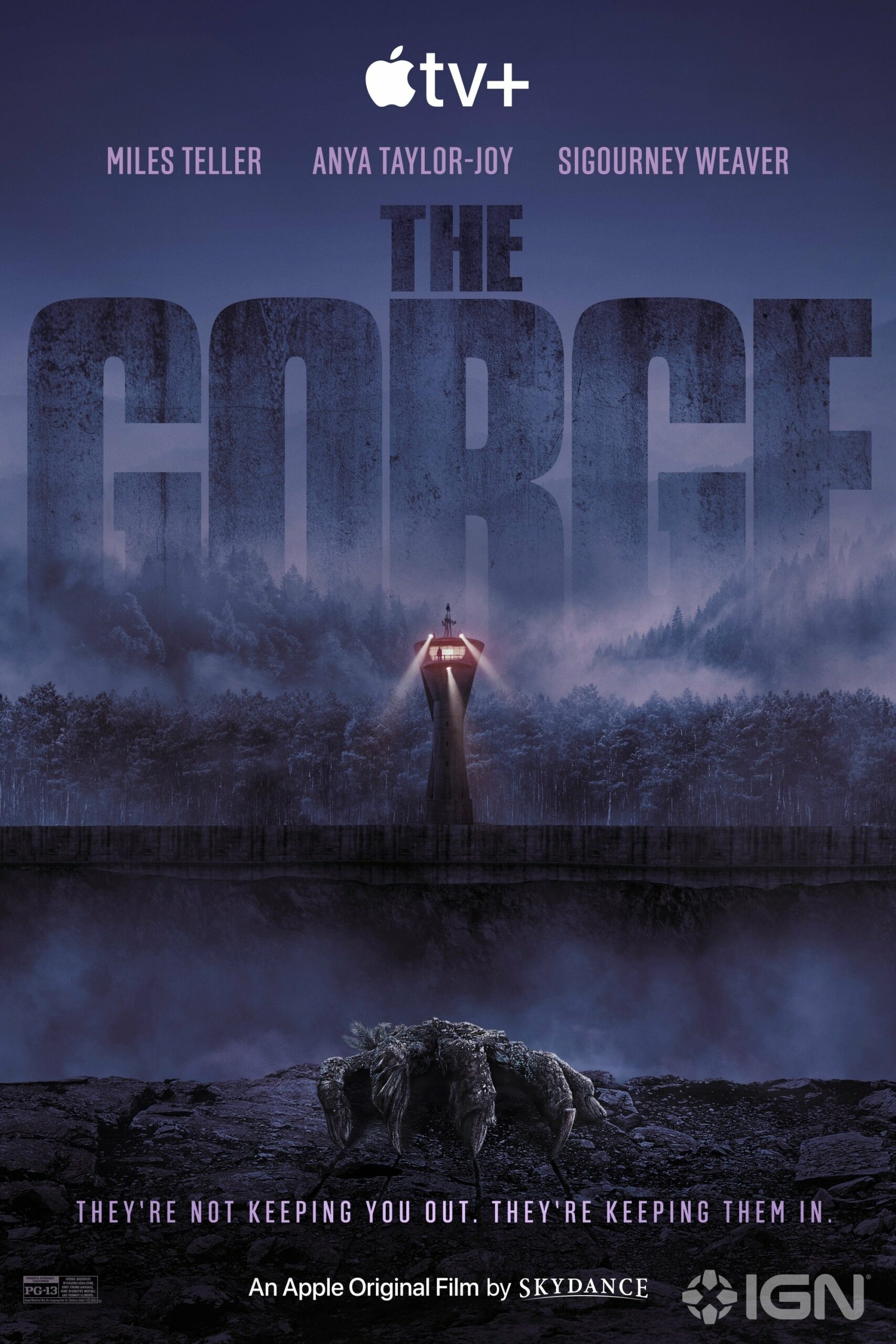
Latest Critic Reviews
Latest User Reviews
Critic Reviews
Details
Summary
“Them!” became an instant classic when first released in 1954; it was Warner Bros.’ highest-grossing movie for the year, and instantly established giant bugs as a suitable science fiction menace for later 1950s movies. Many of those slavishly imitated elements originated by “Them!”, including a mystery plot structure — what IS the strange menace? — which is a little silly when your movie is called, for example, “The Black Scorpion” or “The Deadly Mantis.”
But the real reason “Them!” was such a hit — and remains terrific viewing today — isn’t that it was about giant ants, it’s because it’s an uncommonly well-made monster movie. It avoids sensationalism, presenting its straightforward story in almost a documentary style. Director Gordon Douglas knew that persuading an audience that giant ants were real required him to take a sober, serious approach to the material, to avoid sensationalism.
Of course, when your menace consists of a horde of eight-foot ants, a certain sensationalism is built into the material, and Douglas doesn’t shy away from it. Most scenes involving the giant ants are well-staged and exciting, and a few are downright scary. It certainly galvanized audiences in 1954, including critics — the film got almost uniformly favorable reviews.
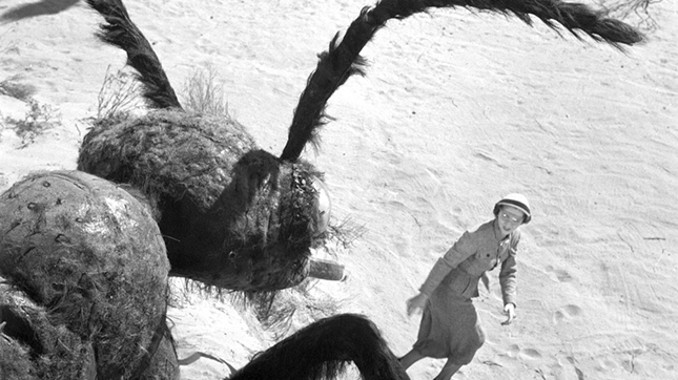
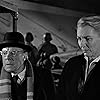
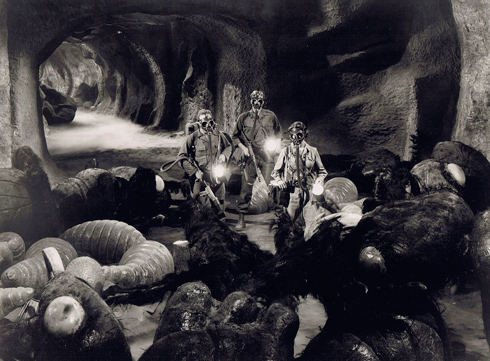
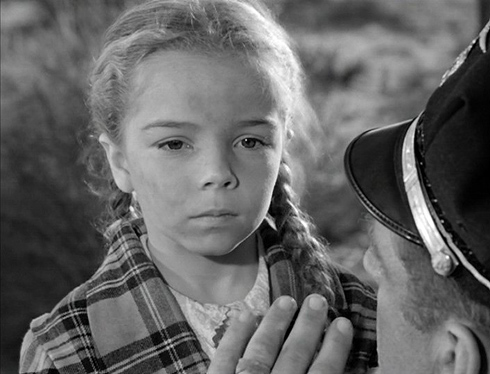
“Them!” was made primarily because “Beast from 20,000 Fathoms” had done so well for Warners the year before. The advertising for “Them!” strongly echoed the ads for “Beast,” as did the TV spots (still a relatively new advertising technique). The original plan was to shoot the movie in color and 3D, which explains why there are no optical effects in the film (they’re very hard to do in 3D), but just days before shooting, Jack Warner got fiscally cold feet and canceled the 3D and color. (Though the credit lettering was presented in startling red with blue shadowing, a very rare example of color lettering on a black and white movie. The DVD preserves this.)
The story is simple, but well-structured, with good dialog by writer Ted Sherdeman. (George Worthing Yates wrote an earlier, more elaborate draft, set in New York city.) New Mexico police sergeant Ben Peterson (James Whitmore) finds a little girl (Sandy Descher) wandering in the desert, having been rendered mute and unresponsive by some catastrophe. When Ben and his partner find her trailer house, it has been destroyed by an unknown force, and her parents carried off. Soon thereafter, they also discover a local grocery store similarly devastated, with the proprietor dead in his basement.
The FBI is called in, represented by agent Robert Graham (James Arness), and soon enough scientist Dr. Harold Medford (Edmund Gwenn) and his daughter/assistant Pat (Joan Weldon) arrive as well. Medford suspects what’s up, but doesn’t reveal anything until out in the desert, Pat is menaced by a big, six-legged creature. After it’s killed by Ben and Robert, Medford tells them it is an ant.
Nuclear tests had been conducted in the area, and over the years, the radiation gradually mutated ants; over generations, they got larger and larger, and now are hunting people for their food. One of the great strengths of “Them!” is that the ants are always just that: ants. They behave like tiny ants, but on a larger scale; they’re not super-intelligent, it doesn’t take a suddenly-developed technique to kill them (they’re vulnerable to gunfire). It’s just that like other ants, they reproduce rapidly, and can live in many environments.
After they find and obliterate a giant anthill in the desert, our heroes learn that two queens have already hatched and flown away — but where? (“Them!” doesn’t avoid humor; Gwenn is a bright man, but a little absent minded, and Fess Parker has an amusing scene as a rich Texas oilman whose private plane was dive-bombed by the flying queens and male ants. Parker says that it was from this scene that Walt Disney cast him as Davy Crockett.)
“Them!” follows the ants; our heroes are there solely to track them down and kill them. There’s a faint suggestion of a romance between Arness and Weldon, but partly because of his own craggy charm, Whitmore is the leading figure. This is a particularly well-cast movie, going for good actors rather than stars (which the budget couldn’t have afforded, even if there were stars willing to appear in a mere monster movie). Gwenn was a beloved character actor of the time, always a welcome presence; Whitmore had recently ended his contract with MGM, and hovered for years at the brink of actual stardom, before finally becoming a character actor himself. Arness, of course, was going to be Matt Dillon in another couple of years, but Whitmore’s presence here is still stronger than Arness’s.
The impact of “Them!” has been diluted by all the imitations over the years; for a while, it seemed as though low-budget Hollywood was turning over every rock in the back yard, looking for another bug to enlarge. The repetition became tiresome as the films became cheaper, piddling out with dismaying fare like “Monster from Green Hell.” (wasps that act like the ants in “Them!”) The next entry, Universal’s “Tarantula,” was a respectable film, but Warner’s own “Them!” imitation, “The Black Scorpion,” is notable only for the effects by “King Kong”‘s Willis O’Brien.
Technically, “Them!” is an exceptionally well-made film for a movie with a limited (though not low) budget; Sid Hickox’s realistic but low-key photography is very striking. The ants were large models; two complete ants were built, plus forequarters of some other bugs. Since optical effects were to be avoided, the ants are great big props, but that has some real benefits: these beasts are right there on the set with the human actors, bursting through walls and windows to get their prey in a very realistic manner. And director Douglas rarely holds on them long enough to give away the game. But as with all good movies of this nature, the audience WANTED to believe in the ants; people didn’t pick apart the scenes to reveal the effects.
The DVD is housed in another crummy cardboard Warner Bros. box, though the original one-sheet poster is handsomely reproduced on the cover. The extra material is odd, both skimpy and extensive. There are some outtakes featuring the big ant models, and one with James Whitmore’s hand stirring some spilled sugar. But there is more material available on “Them!;” it’s a shame Warners didn’t track it down.
However, the real reason for the DVD is to reproduce the movie itself as well as possible, and the print here is crisp and clean, not a scratch anywhere. The contrast is exactly right, and the movie looks better than it ever has on home video. This is the ideal way to own this landmark movie; it really is as good as its reputation.
Related Movies
Related News



